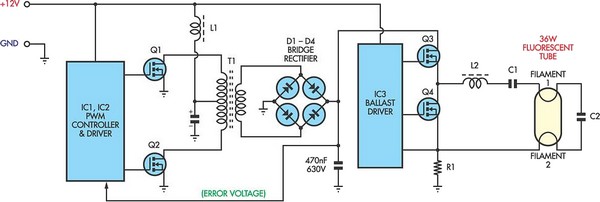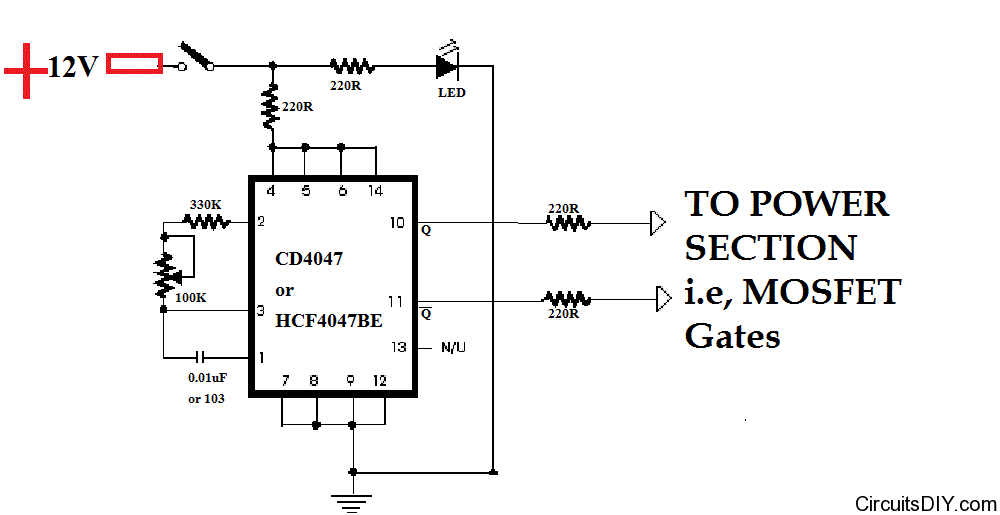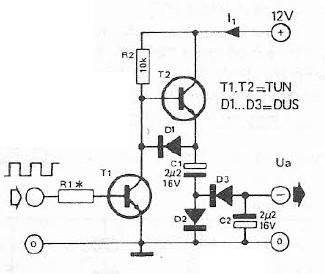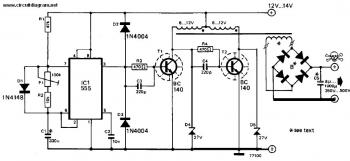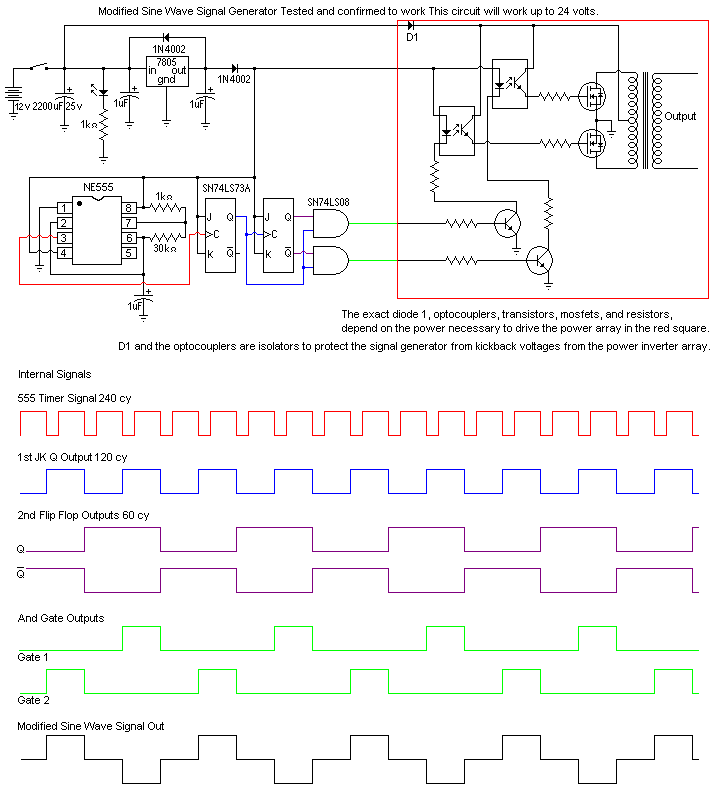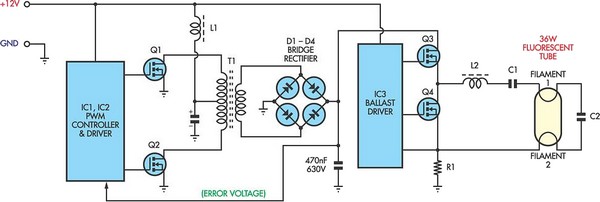
inverter

This type is commonly used by home users for their PCs. An Uninterruptible Power Supply (UPS) is designed to provide filtration against power failures and manage power flow, while also being efficient, compact, and cost-effective. This type is frequently utilized in small business units, by web developers, and for various servers located in government departments. In addition to having high reliability, this UPS type can adjust the voltage as needed. It features an inverter that is always connected to the UPS output to convert power from the batteries into alternating current (AC). Under normal conditions, the inverter is responsible for charging the batteries. During a power outage, a transfer switch activates, allowing power to flow from the batteries to the UPS output. The inverter output is consistently connected to a filter that provides additional power, making this UPS type widely used for servers and in environments with poor electrical conditions. This UPS type is most common for systems with power ratings exceeding 10 kVA. It shares characteristics with the Standby type but differs in that its power source is the inverter rather than an AC source. In this configuration, a main electricity supply interruption does not trigger the transfer switch for incoming AC power to charge the batteries that supply the inverter at the output. Consequently, when AC power is lost, energy flow transfers immediately without interruption. This UPS type demonstrates average performance and is considered an ideal approach, although it generates a significant amount of heat, similar to the Double Conversion type. The Delta Conversion type is designed to continuously supply voltage to the inverter. When the equalizer is interrupted, it functions similarly to the Double Conversion type. Delta Conversion has two main functions: the first is to control the characteristics of the input power, and the second is to regulate the input current for efficient battery charging. It is essential to minimize energy waste with this type of UPS, which also boasts high compatibility with various generator types and reduces the need for extensive cabling.
This UPS design incorporates several critical components that enhance its operational efficiency and reliability. The inverter is a vital element, converting direct current (DC) from the batteries into usable AC power. This conversion process is facilitated by power electronics, which manage the switching of transistors to create a stable output waveform. The transfer switch is another essential component that automatically engages during a power outage, ensuring seamless power transition without interruption.
Additionally, the UPS system is equipped with a battery management system (BMS) that monitors battery health, state of charge, and overall performance. This system optimizes charging cycles and extends battery life. The filtering mechanism at the inverter output is crucial for maintaining power quality, as it reduces voltage spikes and electrical noise, safeguarding connected equipment.
Thermal management is also a significant consideration in the design of this UPS type. Adequate heat dissipation mechanisms, such as fans or heat sinks, are implemented to manage the heat produced during operation, particularly under heavy loads or during prolonged use.
Compatibility with various generator types ensures that the UPS can operate effectively in different environments, providing flexibility for users. The reduction in cabling requirements simplifies installation and maintenance, making this UPS type an attractive choice for both home users and small businesses. Overall, the combination of these features makes this UPS a robust solution for ensuring continuous power supply and protecting sensitive electronic equipment from power disturbances.This type is commonly used by home users for the Presidency with their PC. UPS to be able to do this type of filtration against power failures and flow management, in addition to design efficient, small size and inexpensive. UPS is the type most often used in small business unit, web developer, and a number of servers located in government departm
ents. Because, in addition to having high levels of reliability, this type also have the ability to adjust the voltage that is sufficient UPS has an inverter is always connected to the output of the UPS system to convert the power from batteries into AC. In normal circumstances, the inverter will perform battery charging. While in a state of power outages, Transfer switch will close and drain power from the batteries to the UPS output.
Position that is always connected to the inverter output filter provides additional power. This makes the type of UPS is widely used for server and electrical conditions are not too good. This type is most common for UPS with power more than 10kVA. These types have in common with the type of Standby. Only this type has a power source located on the inverter, not the AC power source. In this type, the main electricity supply interruption will not trigger a transfer switch for the incoming AC power to the central input to charge the batteries that provide power to the inverter located at the output. Therefore, when the AC power is disconnected, the flow of energy will be transferred immediately without taking a break when the transfer occurs.
This type of UPS above shows the performance of the average. Can be said of this type of approach the ideal of a UPS, unfortunately this type of heat is high enough. Almost the same as the Double Conversion type, type Delta used to always supply voltage Inverter. When the equalizer is interrupted, this type do the same with Double Conversion type. Delta Conversion has two functions, the first is to control the input power characteristics. While the second function is to control the input current to direct the process of charging the battery system.
The thing to remember is to minimize this type of energy is wasted. In addition, it has a high compatibility to various types of generators and reduce the need for the use of cables. 🔗 External reference
This UPS design incorporates several critical components that enhance its operational efficiency and reliability. The inverter is a vital element, converting direct current (DC) from the batteries into usable AC power. This conversion process is facilitated by power electronics, which manage the switching of transistors to create a stable output waveform. The transfer switch is another essential component that automatically engages during a power outage, ensuring seamless power transition without interruption.
Additionally, the UPS system is equipped with a battery management system (BMS) that monitors battery health, state of charge, and overall performance. This system optimizes charging cycles and extends battery life. The filtering mechanism at the inverter output is crucial for maintaining power quality, as it reduces voltage spikes and electrical noise, safeguarding connected equipment.
Thermal management is also a significant consideration in the design of this UPS type. Adequate heat dissipation mechanisms, such as fans or heat sinks, are implemented to manage the heat produced during operation, particularly under heavy loads or during prolonged use.
Compatibility with various generator types ensures that the UPS can operate effectively in different environments, providing flexibility for users. The reduction in cabling requirements simplifies installation and maintenance, making this UPS type an attractive choice for both home users and small businesses. Overall, the combination of these features makes this UPS a robust solution for ensuring continuous power supply and protecting sensitive electronic equipment from power disturbances.This type is commonly used by home users for the Presidency with their PC. UPS to be able to do this type of filtration against power failures and flow management, in addition to design efficient, small size and inexpensive. UPS is the type most often used in small business unit, web developer, and a number of servers located in government departm
ents. Because, in addition to having high levels of reliability, this type also have the ability to adjust the voltage that is sufficient UPS has an inverter is always connected to the output of the UPS system to convert the power from batteries into AC. In normal circumstances, the inverter will perform battery charging. While in a state of power outages, Transfer switch will close and drain power from the batteries to the UPS output.
Position that is always connected to the inverter output filter provides additional power. This makes the type of UPS is widely used for server and electrical conditions are not too good. This type is most common for UPS with power more than 10kVA. These types have in common with the type of Standby. Only this type has a power source located on the inverter, not the AC power source. In this type, the main electricity supply interruption will not trigger a transfer switch for the incoming AC power to the central input to charge the batteries that provide power to the inverter located at the output. Therefore, when the AC power is disconnected, the flow of energy will be transferred immediately without taking a break when the transfer occurs.
This type of UPS above shows the performance of the average. Can be said of this type of approach the ideal of a UPS, unfortunately this type of heat is high enough. Almost the same as the Double Conversion type, type Delta used to always supply voltage Inverter. When the equalizer is interrupted, this type do the same with Double Conversion type. Delta Conversion has two functions, the first is to control the input power characteristics. While the second function is to control the input current to direct the process of charging the battery system.
The thing to remember is to minimize this type of energy is wasted. In addition, it has a high compatibility to various types of generators and reduce the need for the use of cables. 🔗 External reference
